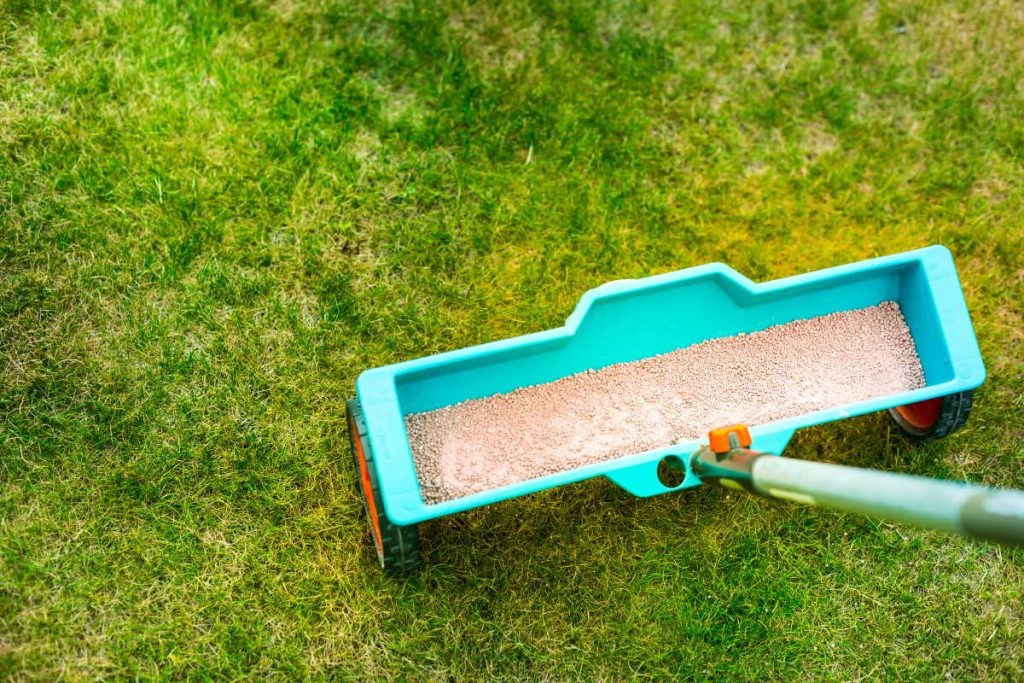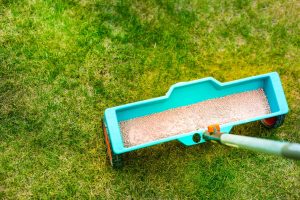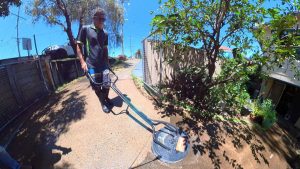Having a beautiful, green and healthy lawn can be a source of pride for any homeowner. Achieving that perfect lawn is a lot easier than it may seem, but it does take some effort and knowledge. Lawn care for beginners can be intimidating, but don’t be discouraged! With the right tips and advice, you’ll be well on your way to having a lush, vibrant lawn that will be the envy of the neighborhood. From choosing the right type of grass for your climate to proper mowing, fertilizing, and watering techniques, there are a few essential steps that you should follow to get the most out of your lawn. With just a few simple tips and some basic knowledge, you can keep your lawn in top shape and enjoy a beautiful yard all year round.
Choosing the Right Type of Grass for Your Climate
The very first step to achieving healthy and beautiful lawns is choosing the right type of grass for your climate. As a general rule of thumb, warm-season grasses are best for hot, dry climates, while cool-season grasses are best for colder and wetter climates. There are several factors to consider when choosing the right grass for your yard, including growth and maintenance requirements, water and sunlight needs, and the level of shade in your yard. First and foremost, it’s important to select a grass that is native to your region. Although most grasses can be grown in a variety of climates, they are better suited to certain areas than others. Also, as Edmund from Turftek pointed out to us, you should choose grasses based on what other grasses and weeds are growing nearby. He gave us the example of a lady who had been quoted for the installation of a lawn using a broadleaf grass. With other weeds species already in the garden, this would make it hard to spray a broadleaf herbicide. Thus the life expectancy of the lawn was limited.
The Importance of Regular Mowing
Maintaining a healthy lawn is all about maintaining a healthy ecosystem, and the best way to do that is through regular mowing. While many think that the key to a beautiful lawn is in the type of grass or fertilizer used, the truth is that nothing is more important than regular mowing. In fact, mowing is responsible for as much as 95% of the health of your lawn. Therefore, it’s important to choose the right type of mower for your lawn and then follow a regular mowing schedule. The ideal mowing height will vary based on the type of grass in your lawn, with warm-season grasses requiring a higher mowing height. Beginners should err on the side of caution and choose a mowing height that is too high, rather than too low. It’s better to have too many blades of grass than not enough, as too many blades will encourage more roots, thicker grass, and a healthier lawn.
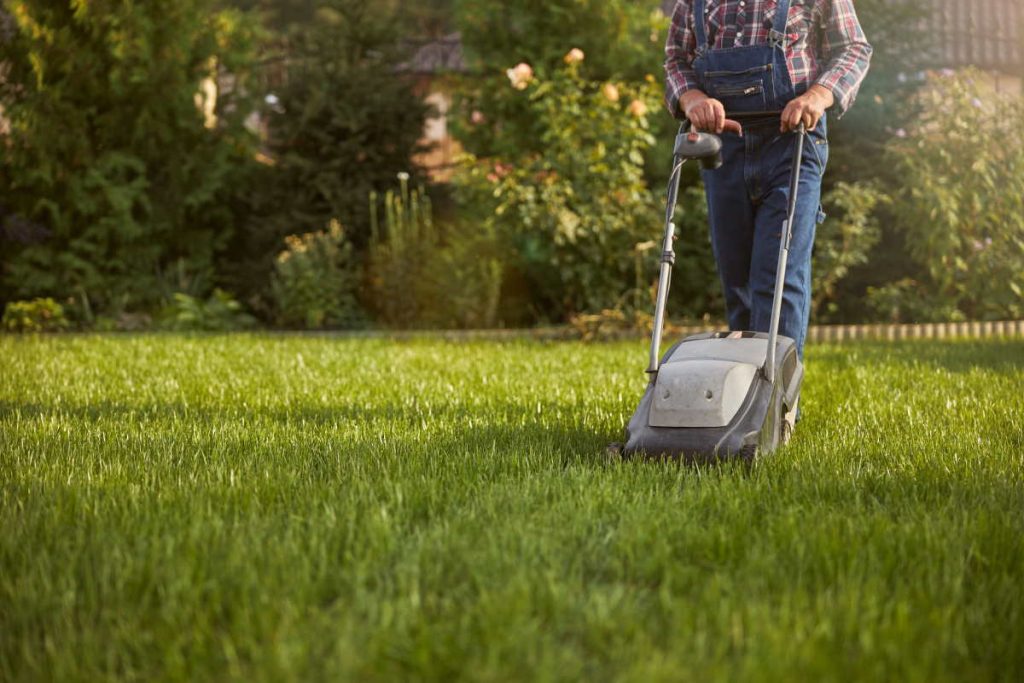
Fertilizing Your Lawn
One of the best ways to ensure that your lawn is healthy and thriving is through regular fertilizing. While not all lawns require fertilizer, it’s a good idea to fertilize your lawn if it is struggling. If you do decide to fertilize, be sure to choose the right type of fertilizer for your grass type. It’s also important to remember that fertilizer is not a one-and-done project. You will need to apply fertilizer to your lawn at least once per year. It’s also important to remember that fertilizer isn’t meant to be an instant solution. It can take up to a month for fertilizer to show results, so be patient and enjoy the long-term benefits of fertilizing your lawn. It’s also important to choose the right time to fertilize. You should fertilize your lawn as soon as it begins to green up in spring, or anytime that it looks like it’s struggling. Avoid fertilizing your lawn in the fall, as it may encourage growth that will die off in the winter.
Watering Tips for a Healthy Lawn
Proper watering is another essential part of lawn care for beginners. While many people assume that watering is simply a matter of turning a spigot, there is actually a lot more to it than that. First and foremost, you’ll want to consider the type of soil in your yard. Different types of soil will require varying amounts of water. Clay soils, for example, generally require more water than sandy soils. You should also consider the amount of sunlight your yard receives. Lawns that receive less sunlight generally require more water. It’s also important to consider the type of grass in your yard. Some types of grass are more drought-tolerant than others, and you’ll want to adjust your watering schedule accordingly. It’s also important to consider any plants or shrubs in your yard, as they may require different watering schedules.
Controlling Weeds and Pests
One of the best ways to keep your lawn healthy and thriving is through regular weeding and pest control. It’s important to keep an eye out for weeds and pests that can damage your lawn, and it’s best to nip them in the bud before they become a problem. The best way to control weeds and pests is through a regular maintenance routine. You should keep your lawn mowed at a regular height, remove any dead plants, and keep an eye out for weeds and pests. Be sure to thoroughly inspect your lawn for pests and weeds at least once per week. You should also keep your lawn clear of items such as toys, dog feces, and cigarette butts, which can attract pests.
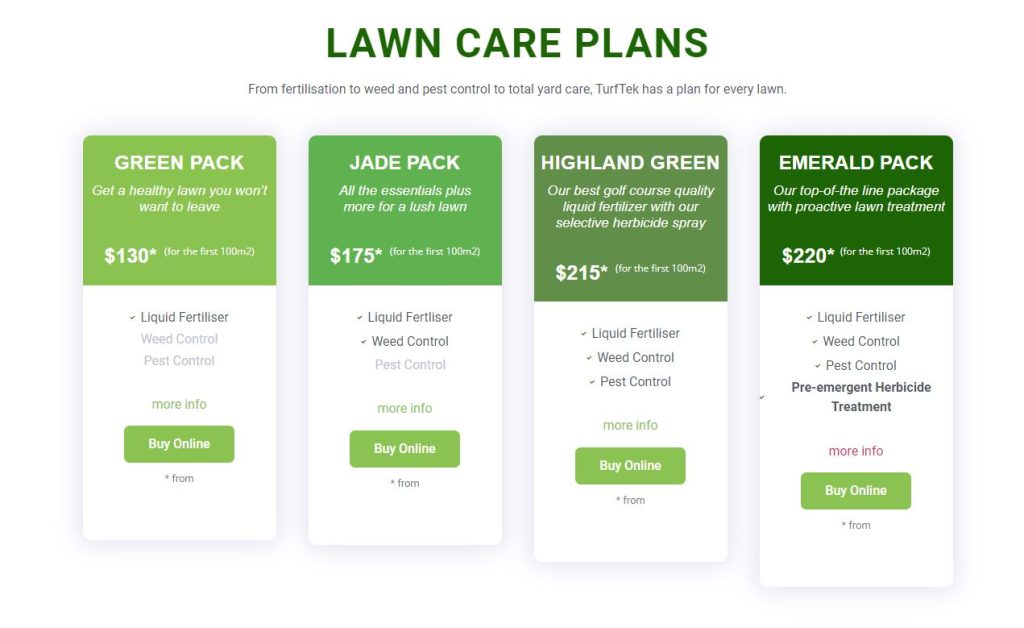
Avoiding Common Lawn Care Mistakes
Now that you know what to do, it’s also important to know what not to do. First and foremost, it’s important to avoid overfertilizing your lawn. While it may seem like a good idea to get a head start on fertilizing, it can actually do more harm than good. It’s best to fertilize your lawn in the spring, and only once per year. You should also avoid over-watering your lawn. Overwatering can actually damage your lawn, so it’s important to avoid doing so. It’s also important to avoid using too much chemical in your lawn. Lawn chemicals are fine to use, but you should avoid over-reliance on them.
Benefits of Aeration
If your lawn is struggling, it’s possible that it has lost a significant amount of its root system, which can cause it to die out. Turf aeration is an easy and cost-effective way to bring life back to your lawn. To aerate, you’ll need a corer, which will create small holes in your lawn. These holes allow air and water to reach your lawn’s roots, bringing them back to life. It’s important to aerate your lawn once per year, preferably in the fall. You should aerate your lawn before seeding, as the holes will allow for much-needed water and fertilizer to reach your lawn. If your lawn is already in bad shape, you can also aerate it in the spring, but you may want to avoid seeding your lawn in the spring, as it will compete with your newly seeded lawn for water and sunlight.
Reseeding Bare Spots
If your lawn has suffered a significant die-off, it’s possible that you have a serious issue with pests or weeds. In this case, it’s best to treat the problem before reseeding your lawn. Once you’ve treated the issue, however, you can reseed your lawn. It’s best to choose a type of grass that is similar to the grass that is already in your lawn, as it will be less disruptive to your ecosystem. Before seeding your lawn, however, it’s important to first aerate it. You should also make sure to add fertilizer to your lawn before seeding.
The Importance of Lawn Care Maintenance
Finally, it’s important to remember that lawn care for beginners is an ongoing process. Once you’ve established a regular routine, it’s important to stick to it. It’s also important to remember that while lawn care is important, it’s not essential. Lawns are beautiful, but they are not necessary. If you have limited time or money to care for a lawn, it’s important to cut out what isn’t essential. For example, it’s important to water your lawn, but you don’t need to water it daily. Instead, you can water it weekly or look at getting water efficient species.

